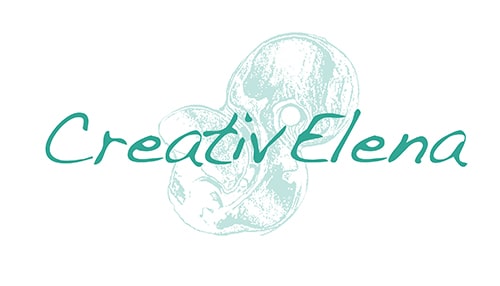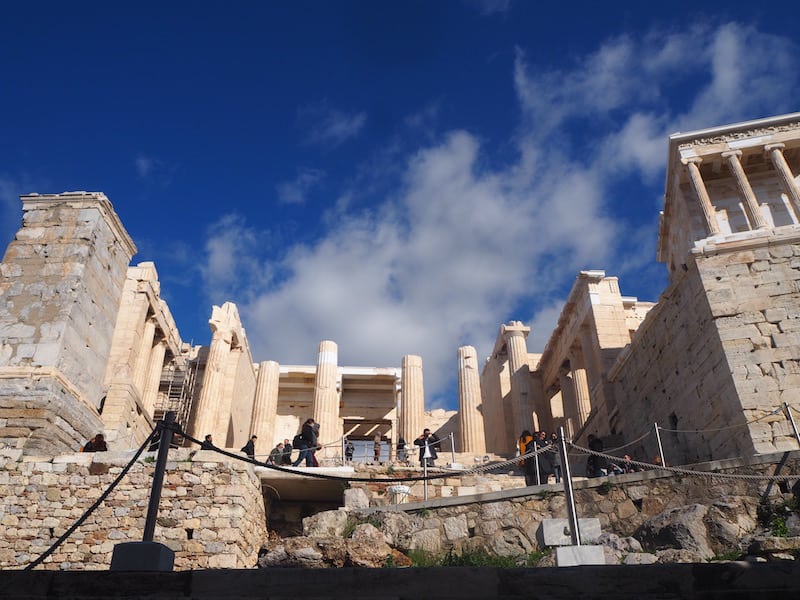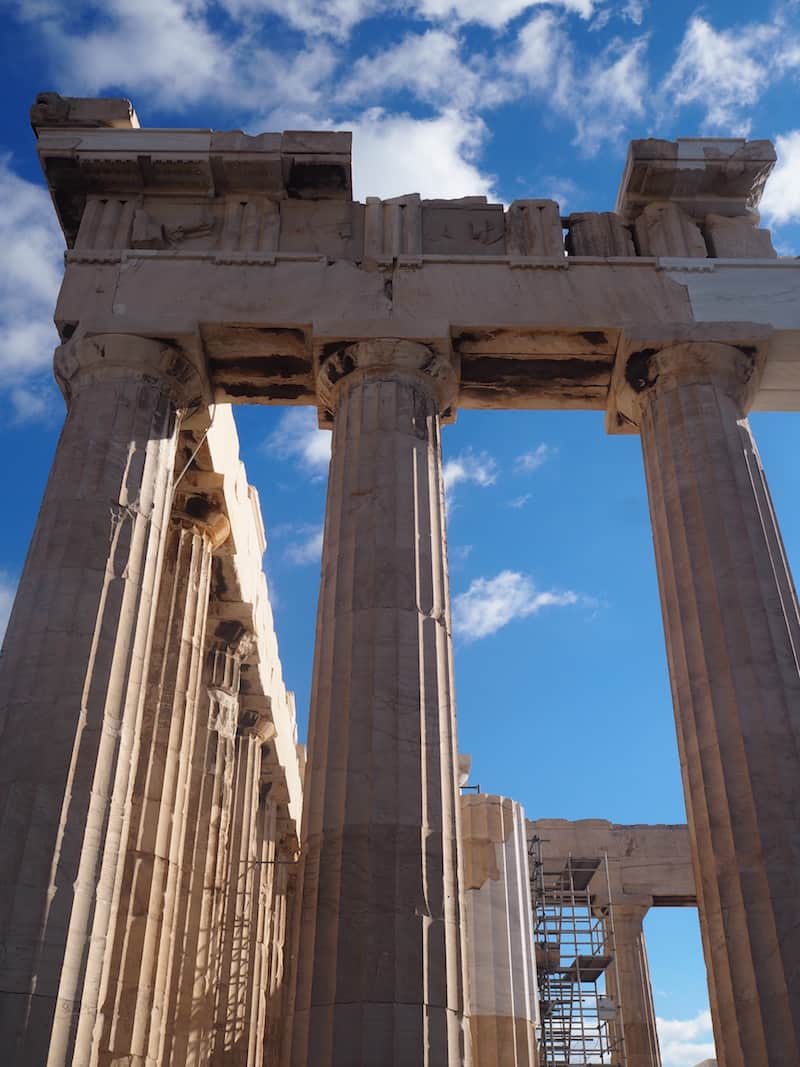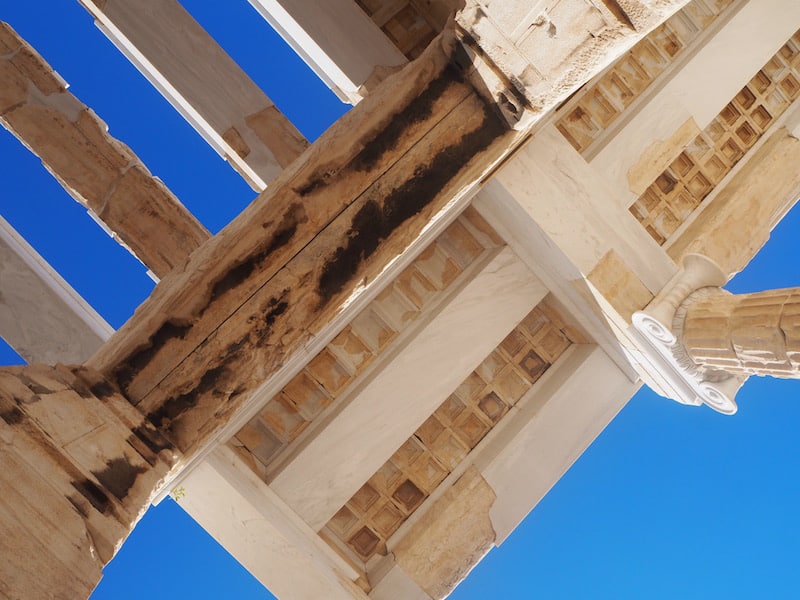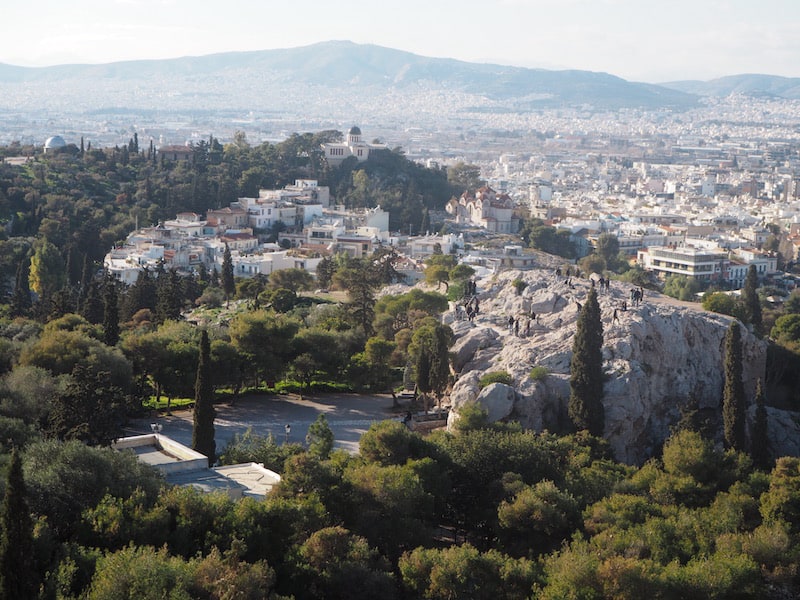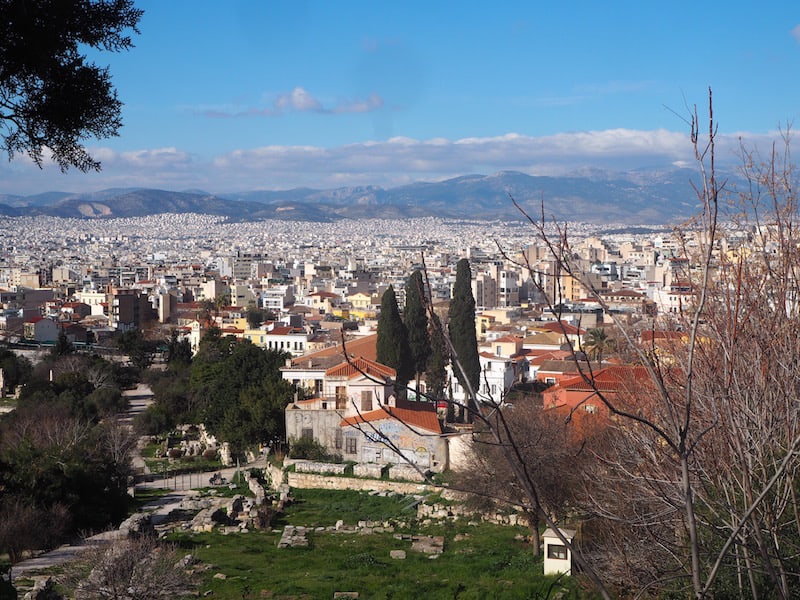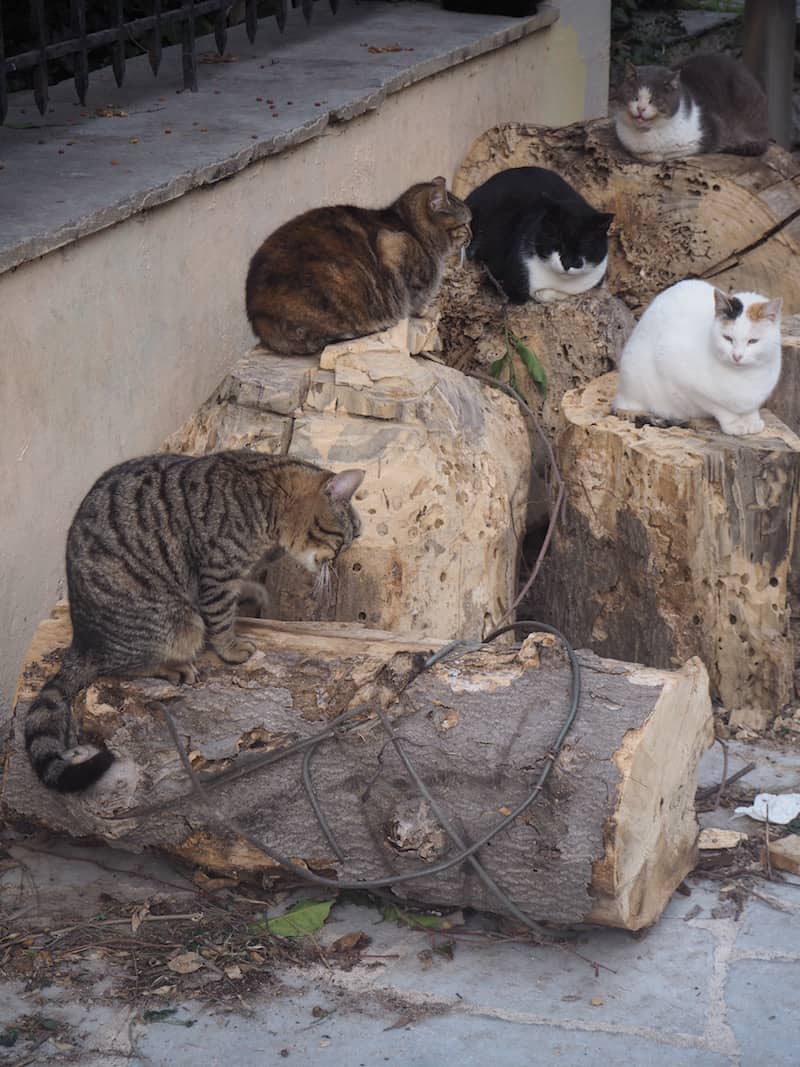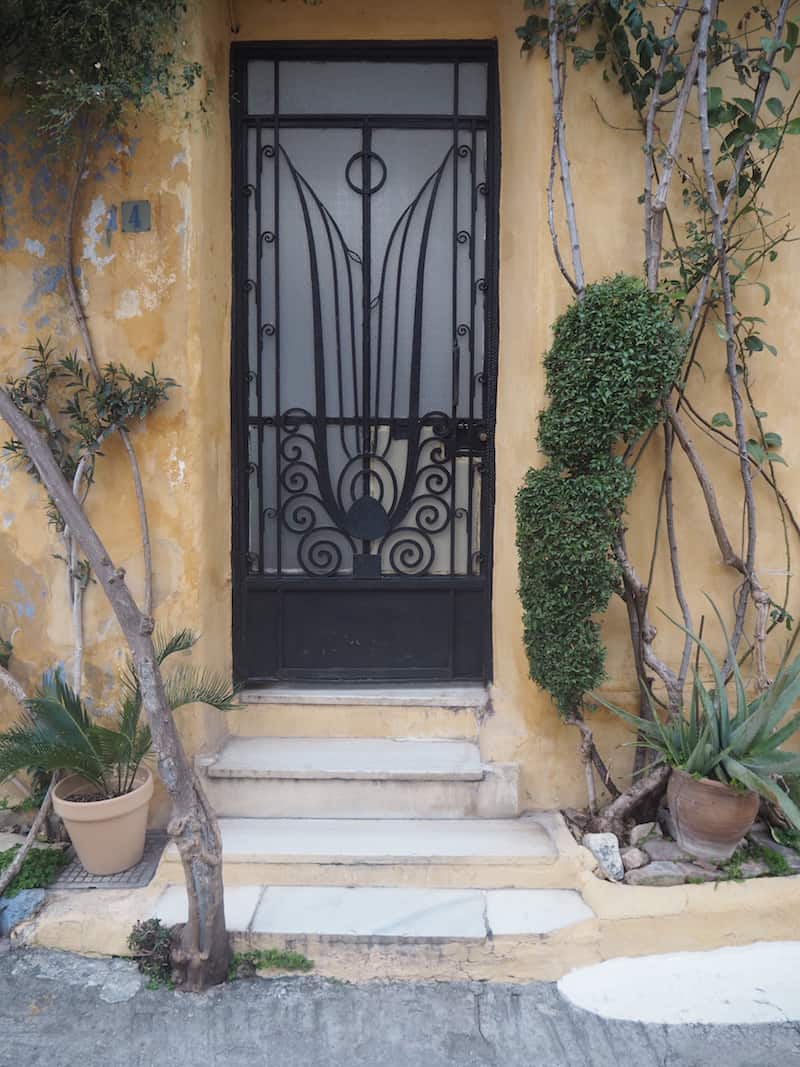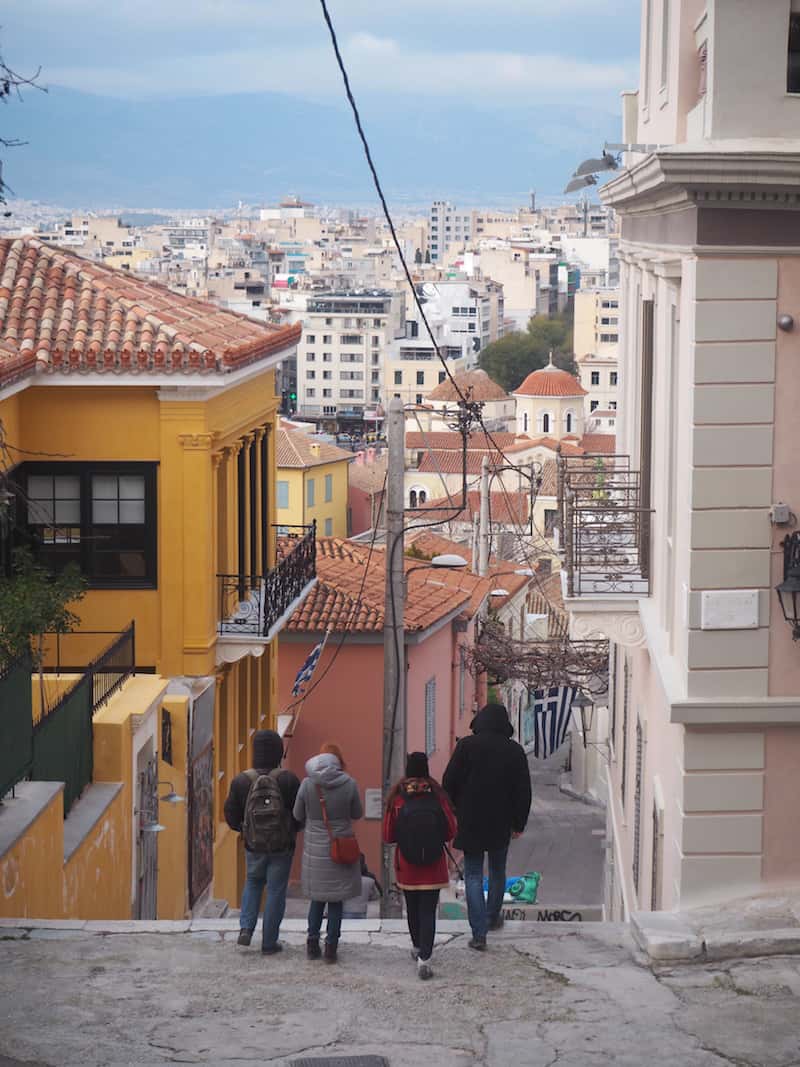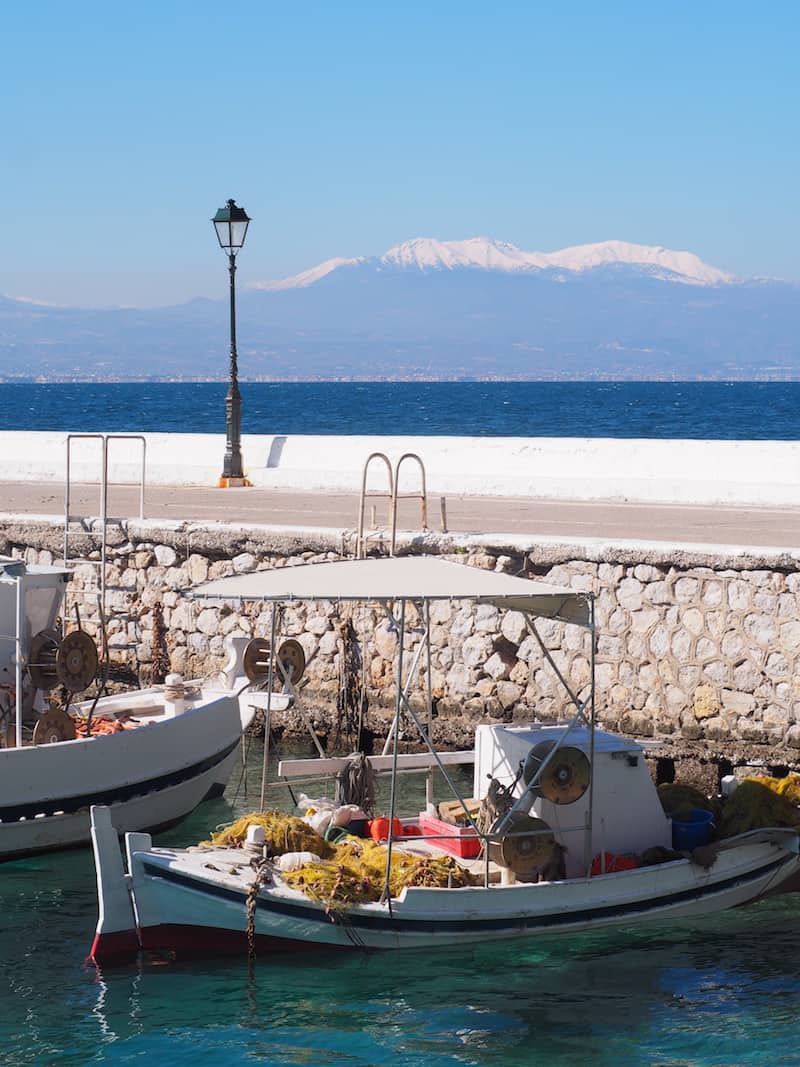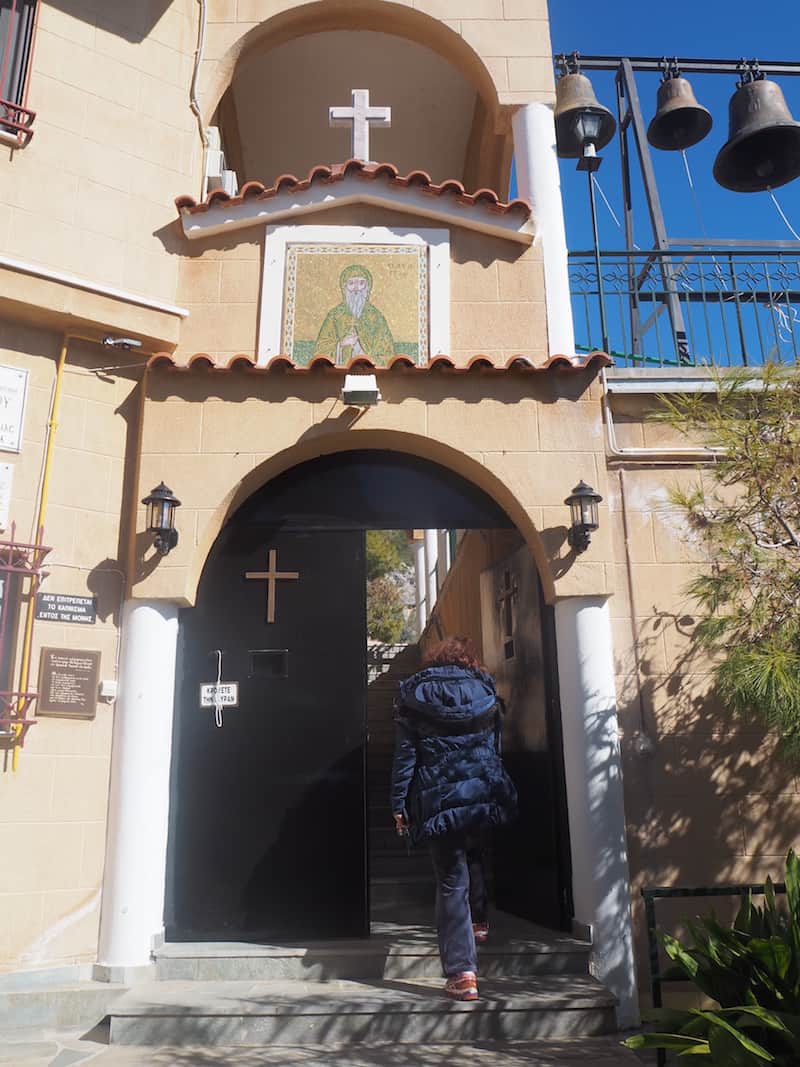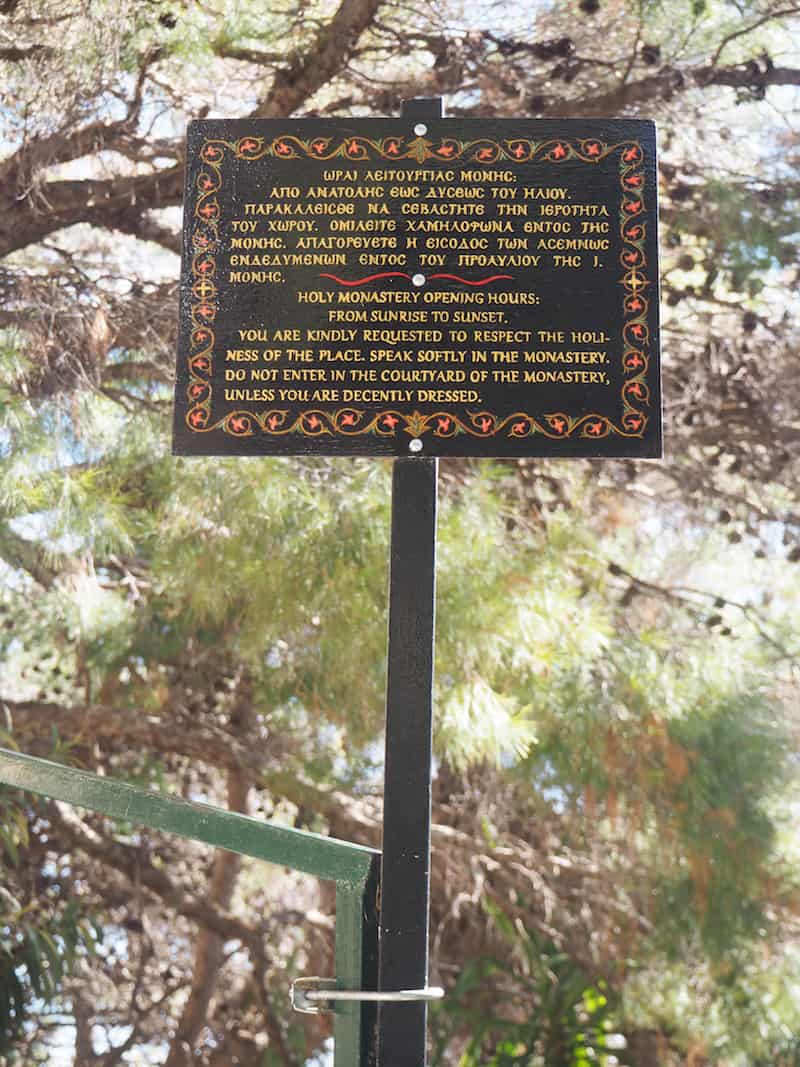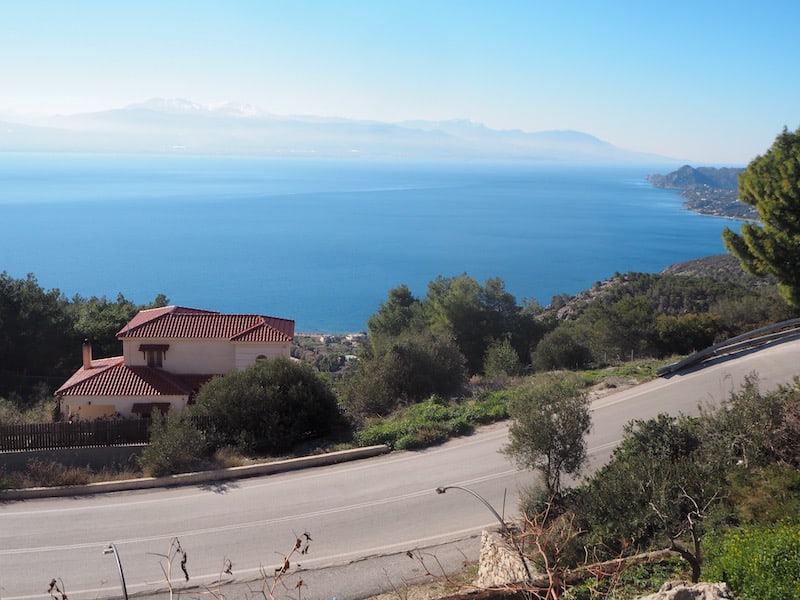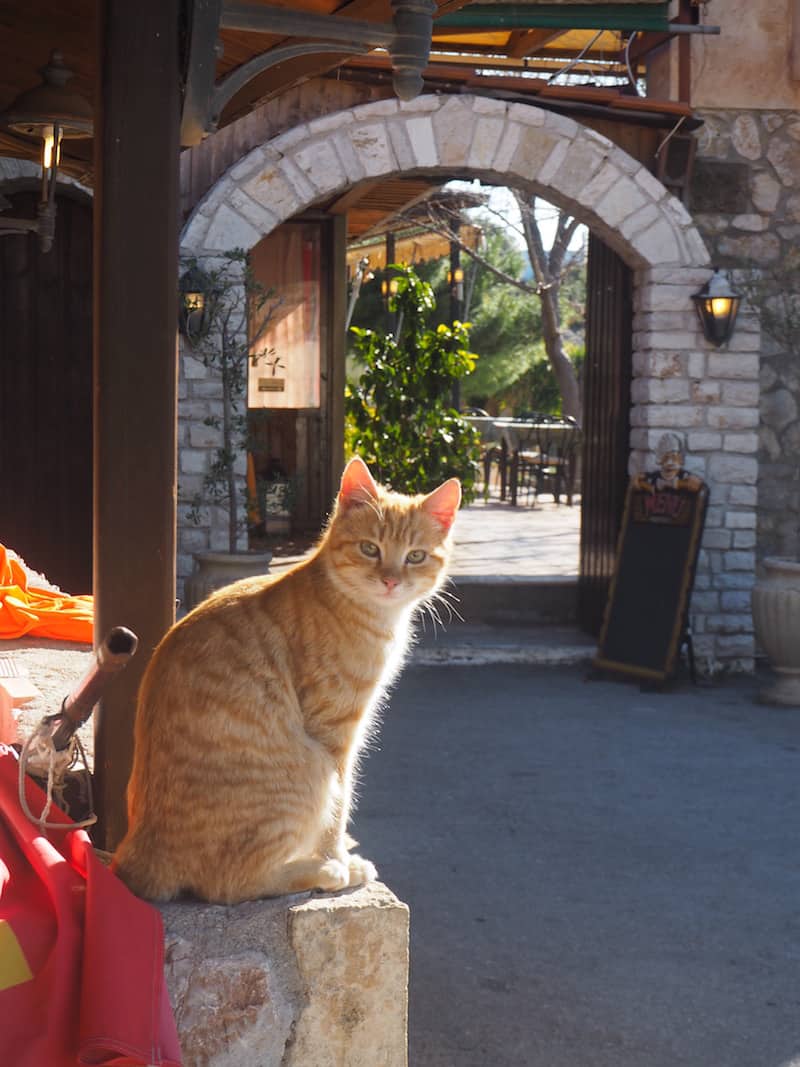“At times, you know, it is not just the current situation of the economy … but also the weight of a glorious past that Greece today finds simply impossible to bear”, my friend & colleague Ioannis Poulios tells me, as we both stand in awe in front of Athens’ Olympic Stadium, well over 2.000 years old. Two times, Greece went bankrupt over its reconstruction in connection with the Olympic Games; more than two thousand years of history have come and gone in the face of its most tragic and glorious moments. At the same time, this is exactly what makes Greece so fascinating to visit and explore. The cradle of democracy. The school of Greek philosophers. The Hippocratic Oath. The first marathon runner in the world (and let’s omit the fact that he supposedly died right after its completion!). Who ran from the town of Marathon to Athens, right up to the very point where Ioannis Poulios and I stand today. I shiver, as the significance, context, and history of it all gradually sink in. “And over there Elena, look … This is the original tunnel through which the athletes ran into the Olympic Stadium for more than two thousand years …”

Athens’ actual Olympic Stadium dates back to the year 1896, the birth year of the modern-day Olympic Games.
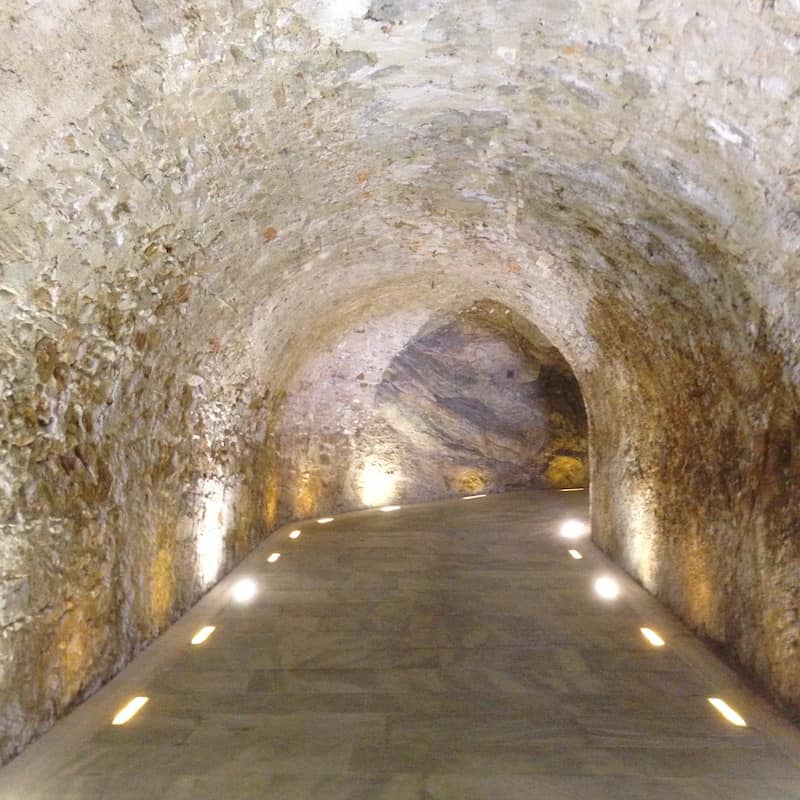
Fascinating to walk in the traces of those athletes, who ran out here to compete for many centuries combined …

… and you know it, I just had to jump! Even though there was no one to compete with at the time of my visit.
Besides cultural (and culinary) discoveries, I am actually in Greece on a mission with the EU, assisting my Greek colleagues with the development of a national religious heritage tourism strategy.
This may sound complicated, but is actually very simple. A group of hand-picked, international experts from Austria are working together with Greece in order to establish a sustainable overall tourism strategy for Greece, focusing on nature-based tourism, culture, culinary tourism, as well as pilgrimage and religious heritage tourism. It’s really exciting, and very rewarding, to be a part of it all. My role is to travel in Greece, do some field research, conduct interviews, and have actual experiences of religious heritage tourism myself so as to inscribe my international expertise and recommendations in the so-called “Greek reality”. Up until late summer 2017, the aim is to produce an action plan for the sustainable development of religious, and pilgrimage tourism in Greece that the Ministry of Tourism is able to implement and work with.

Thank you, dear Martha, dear Sifis, dear Ioannis (from left to right) for your wonderful support in this project together.
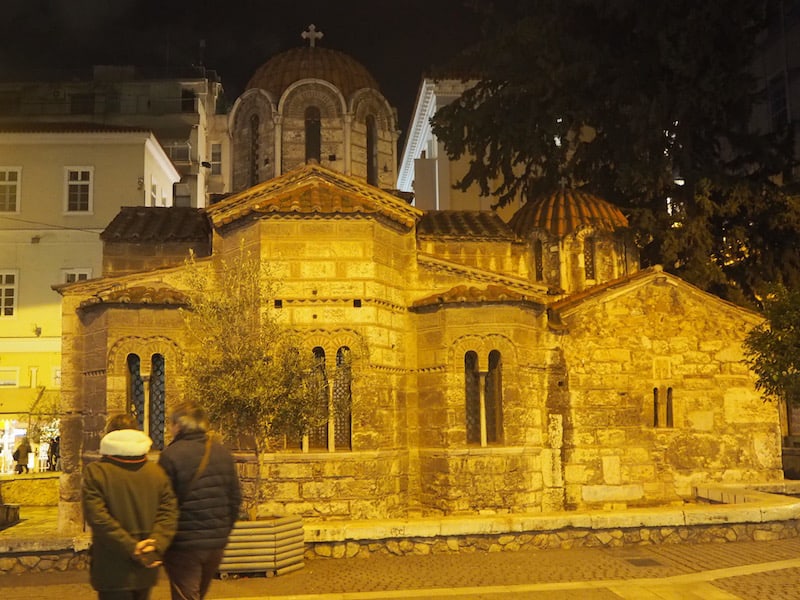
My project partner Ioannis’ field of expertise is archaeology and Byzantine churches, among others: To have him as my guide on this first night-time walk around Athens …
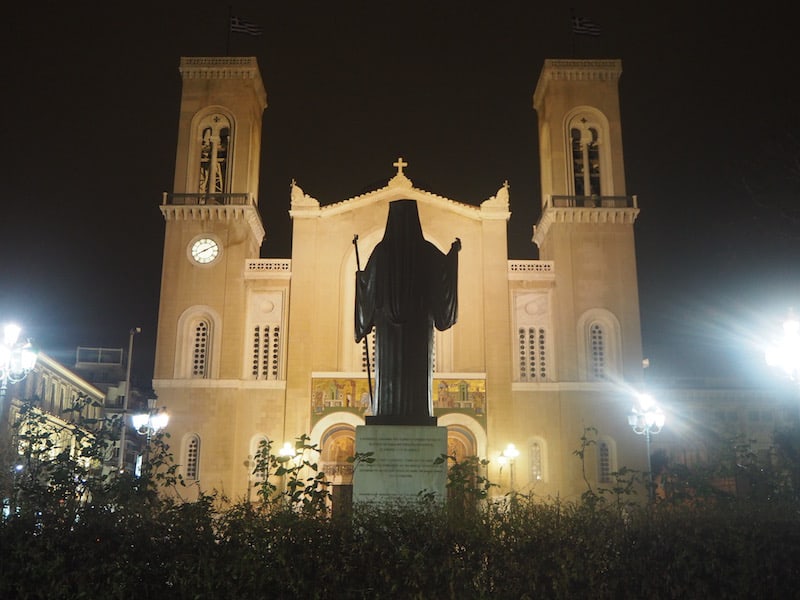
… is a true gift for a curious traveller like myself: Little by little, he attunes my senses to the wonders of the orthodox church heritage in Greece, starting with the ones remaining in downtown Athens.
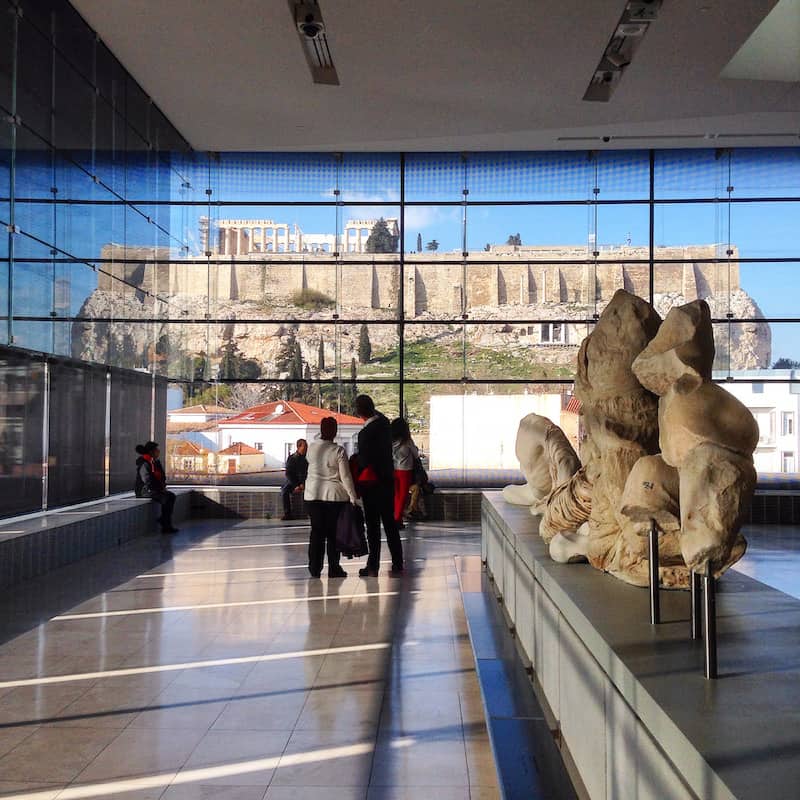
Then of course, there is the world-famous Acropolis, a monument that is simply impossible to ignore on a first-time visit to Athens. You get this beautiful view of it from the modern Acropolis Museum, built in 2009 and home to many original artefacts.
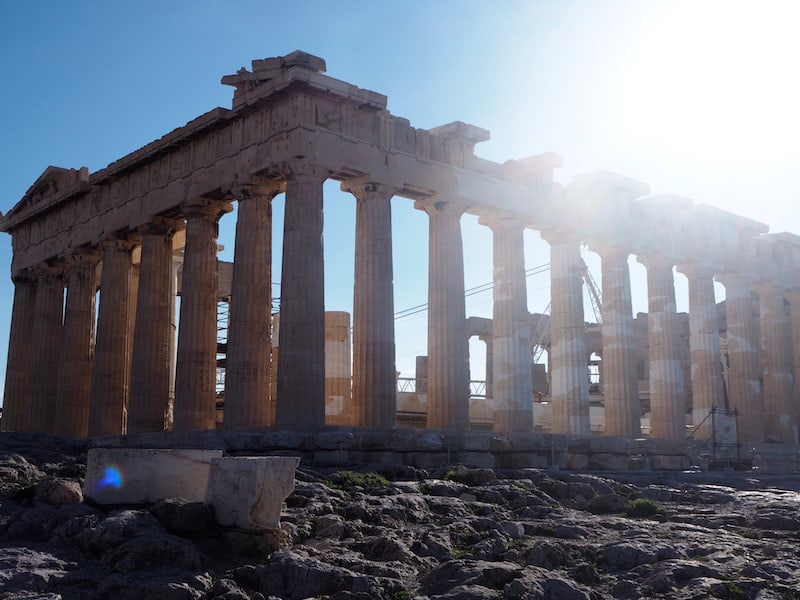
… and become immersed in its eventful course of life, impacting all of European (and world) history.
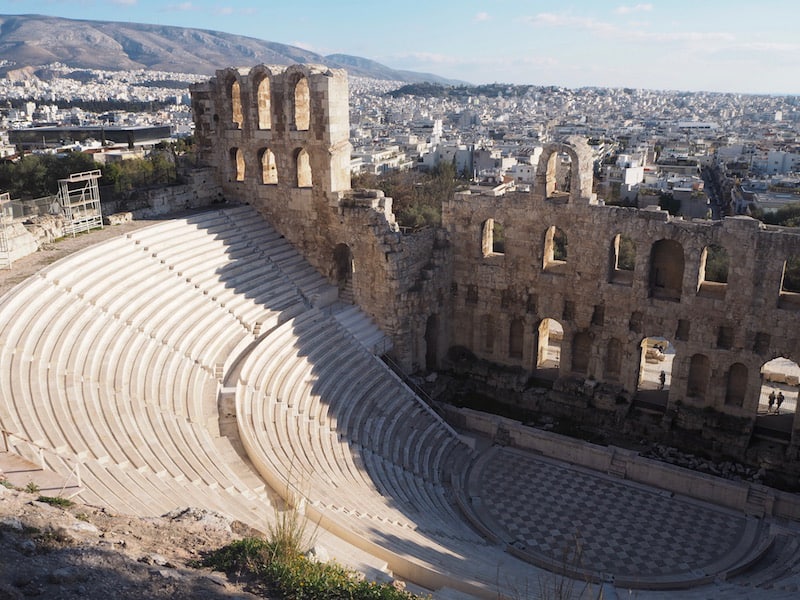
… is totally worth it: Especially when looking right down in front of your nose, upon this surprisingly well-maintained ruin of the ancient amphi theatre. The acoustic in this building, I am told, is superb: You are able to hear any whisper from the stage!
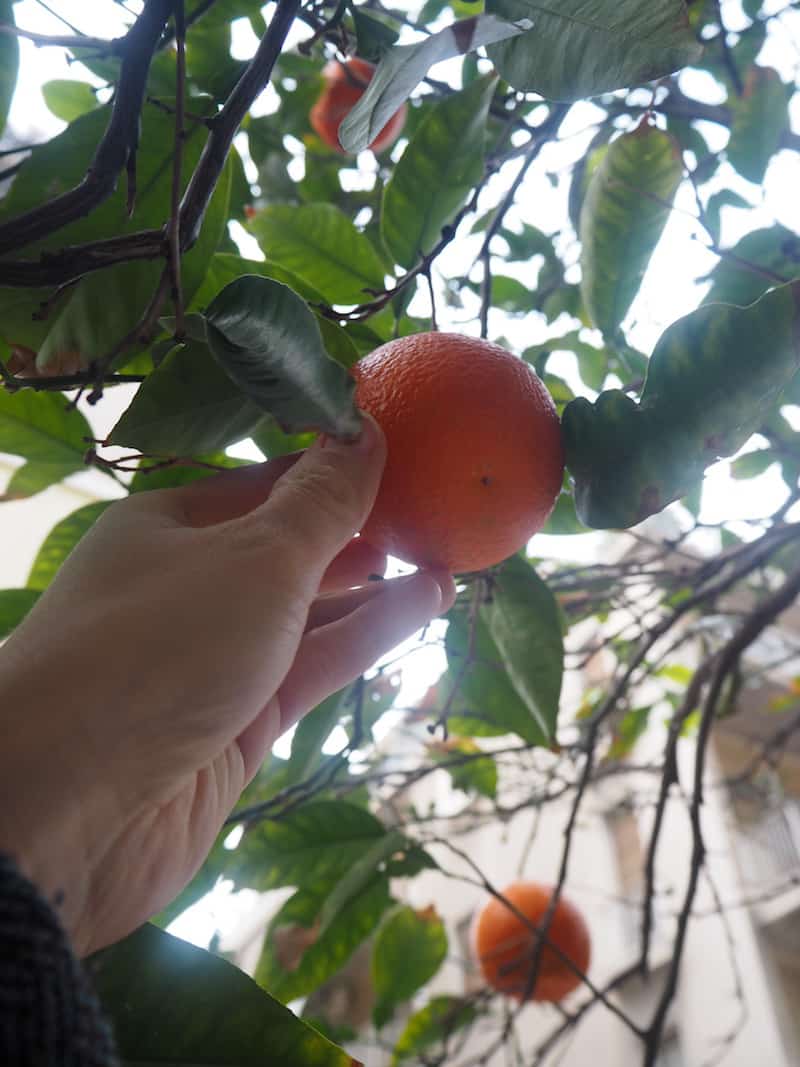
And I must say, Greece immediately got to me as I discover ripe fruit on its trees in what, the middle of winter (February) ?? Wow.
My first ever religious travel experience in Greece goes out to Corinth, and into the town of Loutraki: Saint Patapios Monastery it is!
Many centuries of history lie buried beneath those walls, I think silently to myself as I care not to step onto anything significant. From Athens, it is actually quite simple to reach here: Take a bus from Kifissos bus terminal to the coastal town of Loutraki, well known for its beaches as well as the local casino. On this ordinary Wednesday during winter, only a handful of people are out and about, despite the perfect sunshine and deep blue sea in front of me. In order to visit the Monastery of Saint Patapios, you have to hire a local taxi as it is far up the mountain and no bus or public transport goes there. If you consider hiking or driving yourself, just be aware that all the signs up the windy mountain road (which also forks, at times) are only in Greek, making it difficult to find your way on your own (and no, among the six languages even I speak, I do not master Greek .. yet!). Vassiliki, my dear taxi driver who even takes me by the hand and walks me right up into the monastery, however, is an added travel bonus that day, if but for the reassurance and spontaneous translation she helps me with. Check this out.
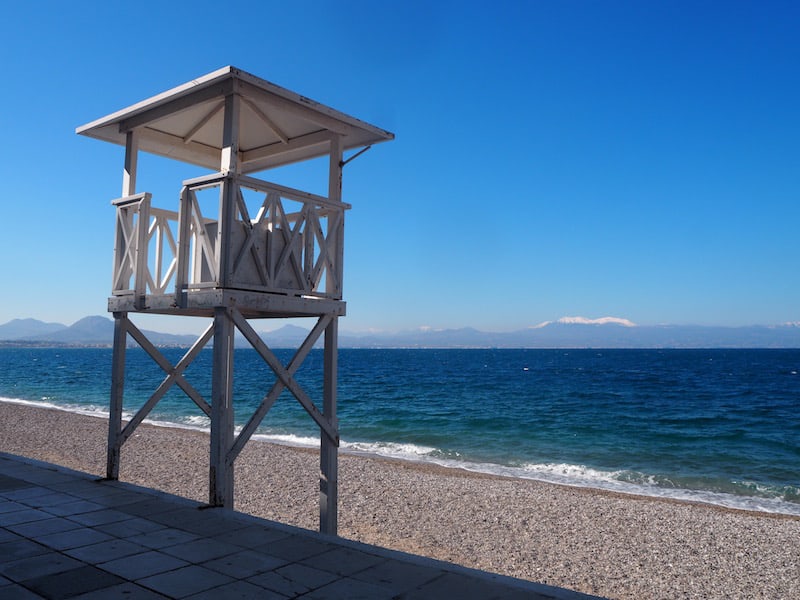
Arriving by the coast, in seaside Loutraki, I find myself face to face with this gorgeous view, and empty beaches …
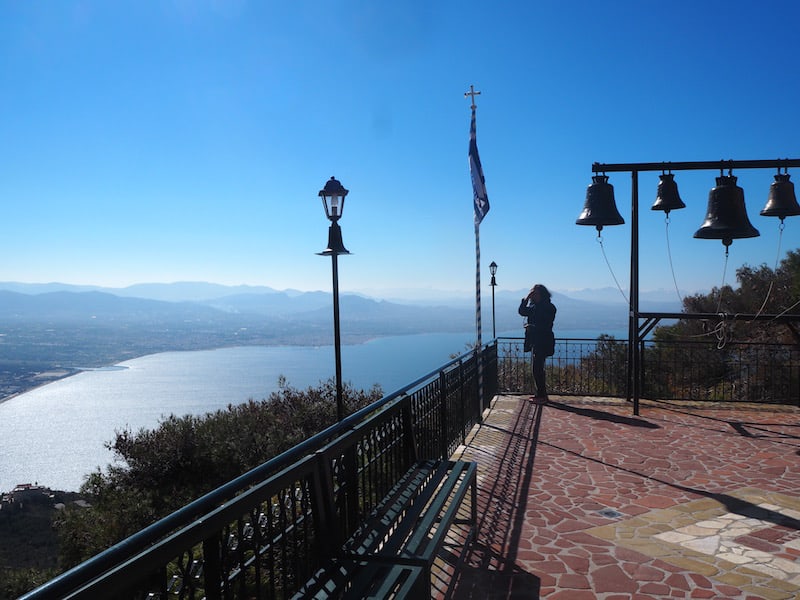
… as well as these gorgeous views across the bay of Loutraki right from the top of “Hosios Patapios”, the Holy Monastery I have come to see.
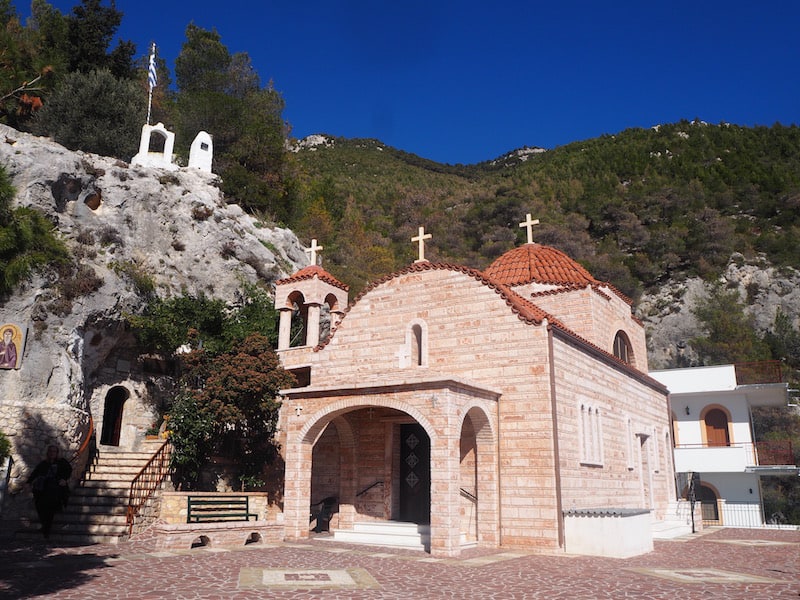
… as the complete relics of Saint Patapios lie buried here in this little mountain grotto, an important place of pilgrimage for people of the Orthodox faith.
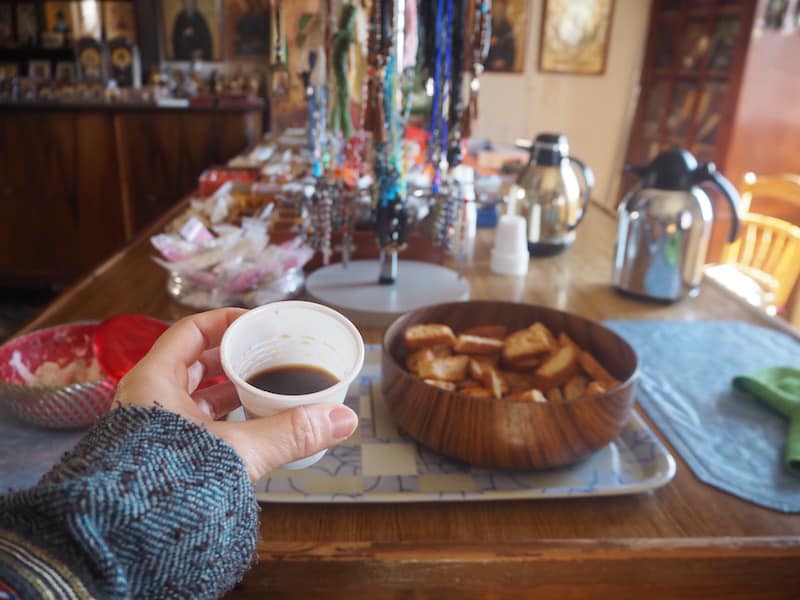
The community of nuns that live here presently offer me tea and sweets, as is custom, awed by the fact that a “Catholic from Austria” has come to visit them …
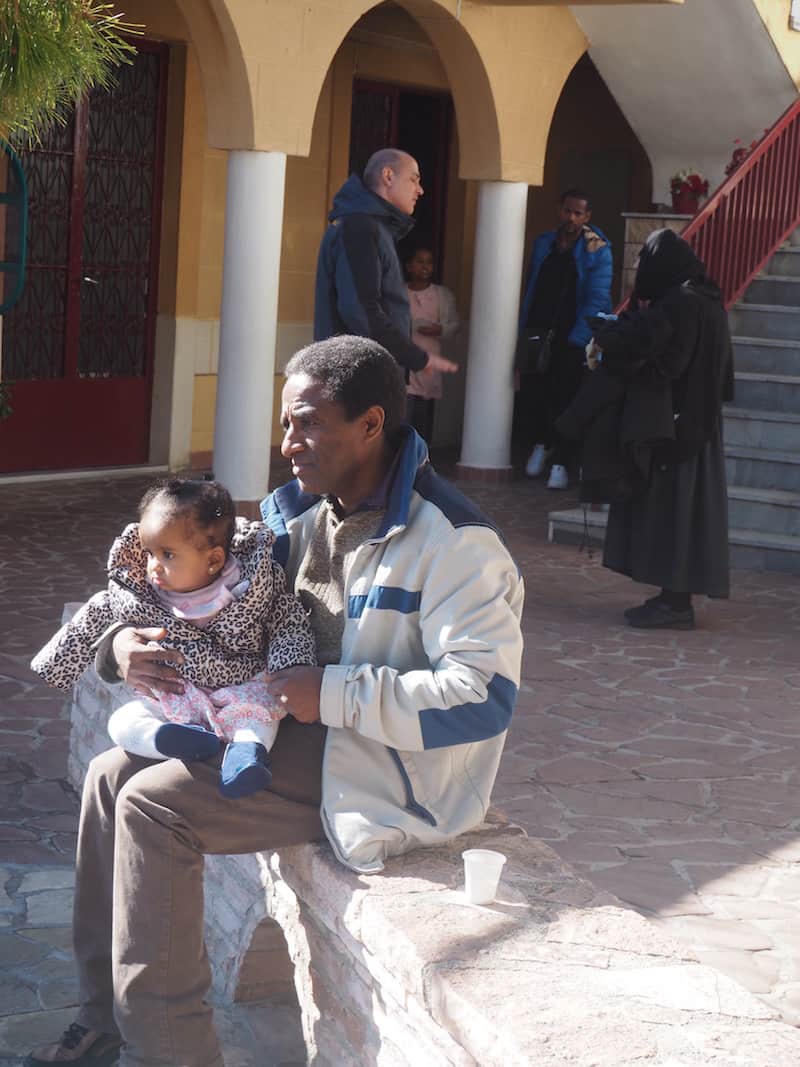
.. and among other visitors, I also talk to this family from Ethiopia, who has migrated to Greece well over thirty years ago.
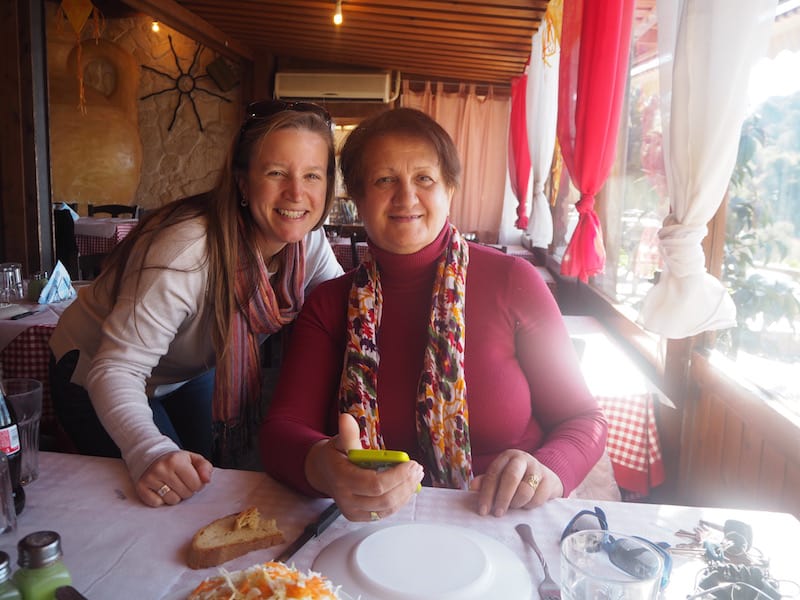
… as I meet Maria & Maria, a duo of Greek friends who’ve known each other for fifty (!) years, and who spontaneously offer me to join them in their car and go out for lunch together, before returning to Athens all three of us …
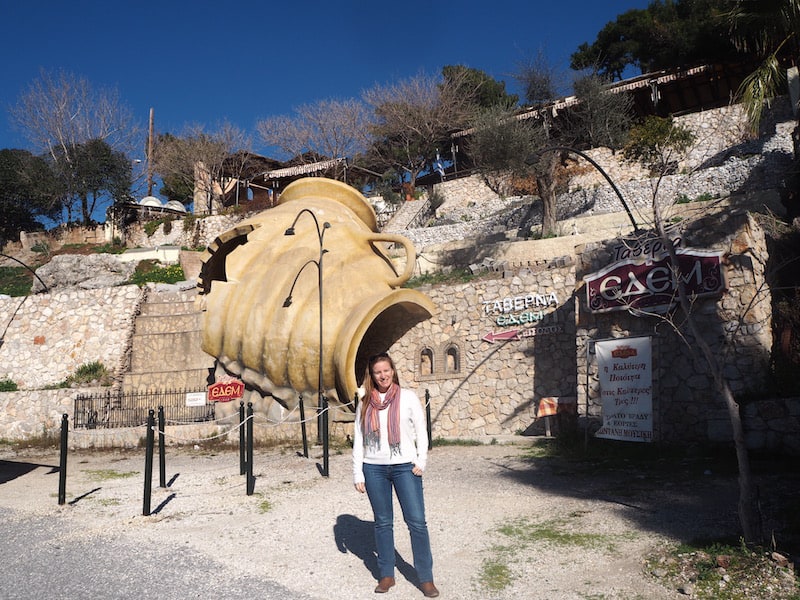
… and thus I can recommend you to come and stop at this mountainside road tavern, “Edem”, which offers great food and even better views across the sea & bay of Loutraki beyond.
Talking about gorgeous views: Maria & Maria, the duo of lovely Greek grannies that literally take me under their wing for the rest of the day, even offer to drive me to one of their favourite spots in Athens which has a view across the entire town: Read more about it in my culinary travel guide of Athens (and beware: you will end up hungry and / or wanting to go to Greece soon!).
Check out my entire photo gallery of travel photos from Greece here:
And you: When are you off to Greece (next)?
